What are the process design points of 18650 cylindrical battery?
Key points of process design for 18650 cylindrical battery. 1. Liquid
injection volume: Generally speaking, the liquid injection volume of ternary
series 18650 2.6-3.2Ah cylindrical batteries is between 5-5.5g. The specific
liquid injection volume depends on the physical parameters of the positive and
negative electrode materials (specific surface area, morphology, particle size
distribution), winding tightness,
Key points of process design for 18650 cylindrical battery.
1. Injection volume:
Generally speaking, the liquid injection volume of the ternary system 18650
2.6-3.2Ah cylindrical battery is between 5-5.5g. The specific amount of liquid
injection depends on the physical parameters of the positive and negative
electrode materials (specific surface area, shape, particle size distribution),
winding tightness, surface density, compaction density, etc.
If the amount of liquid injected is insufficient, the interior will not be
completely infiltrated, the internal resistance will be too large, and the
number of cycles will be reduced. Severe cases will lead to lithium
precipitation and lead to danger; if the liquid injection volume is too large,
it will cause insufficient internal space (large internal pressure), rapid
capacity decay, and additional costs. Let me tell you here that the rapid
capacity fading caused by the large amount of liquid injection is due to the
negative electrode, especially when the temperature is high and during the
charging process, the rich free electrolyte will react with the lithium carbon
compound of the more active negative electrode and consume effective
substances.
Generally, manufacturers determine the amount of liquid injection by
immersing the wound battery core in the electrolyte, calculating the difference
in weight before and after, and then leaving 0.2-0.4g in excess, and finally the
optimal liquid injection amount. Of course, although this method is simple and
feasible, it is not rigorous enough. The best way is to do electrochemical
performance experiments with gradient liquid injection volumes, and finally take
into account the rate, high and low temperature, cycle, etc.
It is more scientific to determine the appropriate amount of liquid
injection depending on the specific use of the battery.
The principles of manganese, lithium, iron and lithium are basically
similar. I won't go into details.
2. Tightness:
The calculation of the tightness is the sum of the bottom area of the
positive electrode, negative electrode, separator and needle gap divided by the
inner bottom area of the cylindrical battery. Generally 88%-93%.
Similarly, the specific tightness depends on the use of the battery and the
performance of the final battery you require. If the tightness is too low, space
will be wasted, cost will be increased, the electrolyte will be difficult to
infiltrate (liquid consumption), and the battery cell will shake, etc.; if the
tightness is too high, the space will be insufficient due to the expansion of
the subsequent battery cell, which will affect the electrochemical performance
and internal pressure. Large CID is easy to disconnect, etc.
Generally speaking, the tightness of the rate battery is lower, generally
below 91%; the tightness of the capacity battery is higher, and some can even
exceed 95%. The reason can be thought about, it is very simple.
It should be noted that, taking into account different materials (such as
negative electrode physical parameters), different design parameters (such as
compaction density), etc., the subsequent battery expansion coefficients are
also different. When we design, we need to consider the actual situation
comprehensively.
Three, the number of ears:
The addition of the number of tabs can only increase the AC internal
resistance of the battery to a limited extent, and has no direct relationship
with the DC internal resistance in the final use process. Moreover, increasing
the number of tabs will increase the difficulty of battery process design,
increase cost and end-use risk. Therefore, whether it is feasible to increase
the number of tabs one-sidedly in order to increase the final battery capacity
or rate performance, we must be cautious in the design.
The reason can be roughly explained: adding the number of tabs means adding
machines, materials and labor to the blanking and tab welding process, and the
cost will naturally increase; adding the number of tabs will also affect the
tension of the pole piece, resulting in uneven tension and new Increase the
difficulty and risk of winding; Improper handling of the solder joints at the
tabs will pierce the insulation; the current density at the tabs is the highest,
and the electrode potential is the lowest, which increases the probability of
lithium precipitation.
The general design is that one lug for the positive and negative poles of
the capacity battery is enough; more lugs can be considered for the rate
battery, but the DC internal resistance ultimately determines the
performance.
For example: normally there is one lug for the positive and negative poles
of the battery without PTC, the AC internal resistance is 30m, and the DC
internal resistance is 50m for 1C discharge; now a new tab is added for the
negative pole, the AC internal resistance is 20m, but the 1C discharge DC
internal resistance The resistance may be 48m. Therefore, what we ultimately
look at is the DC internal resistance caused by the concentration polarization
and electrochemical polarization of the battery.
In a word, there are advantages and disadvantages to increasing the number
of tabs, depending on the requirements.
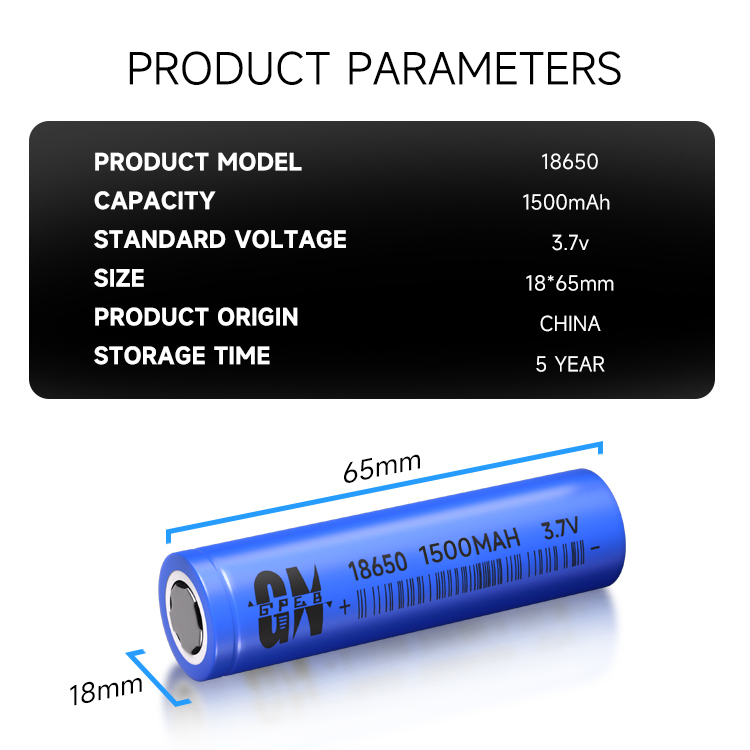
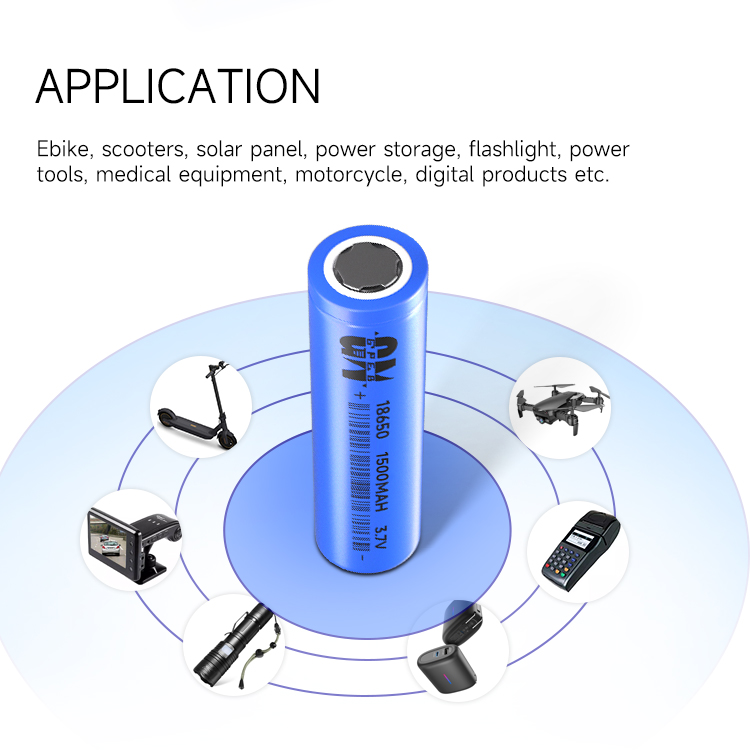
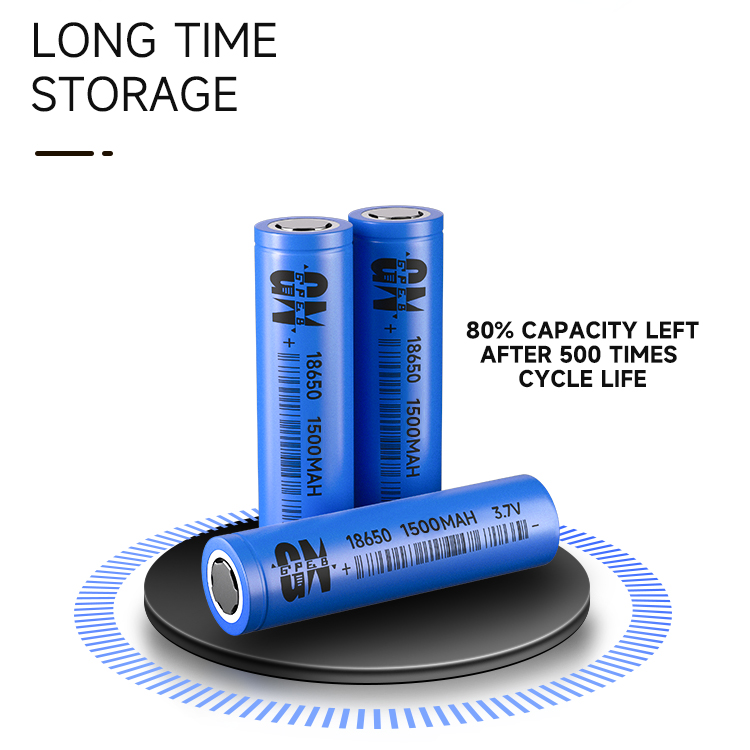

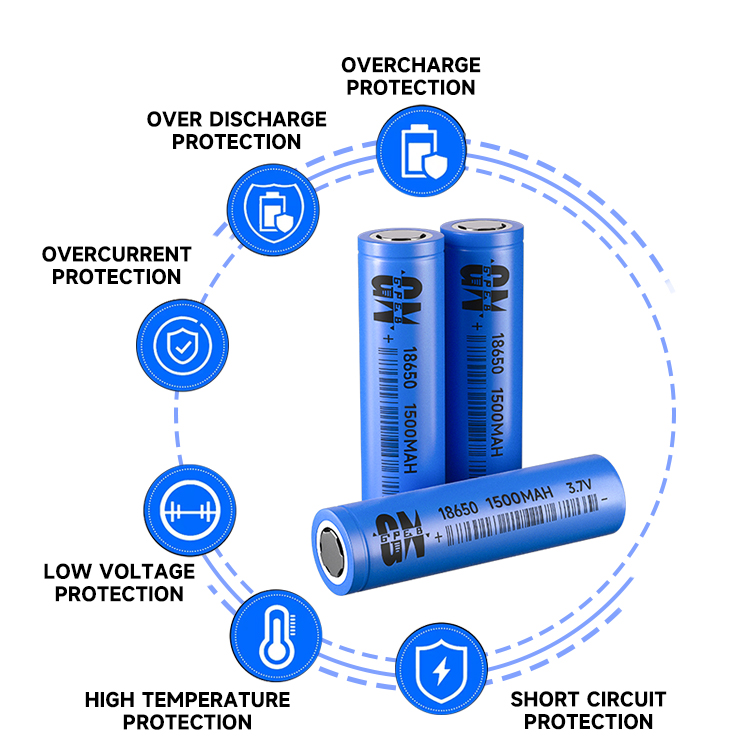
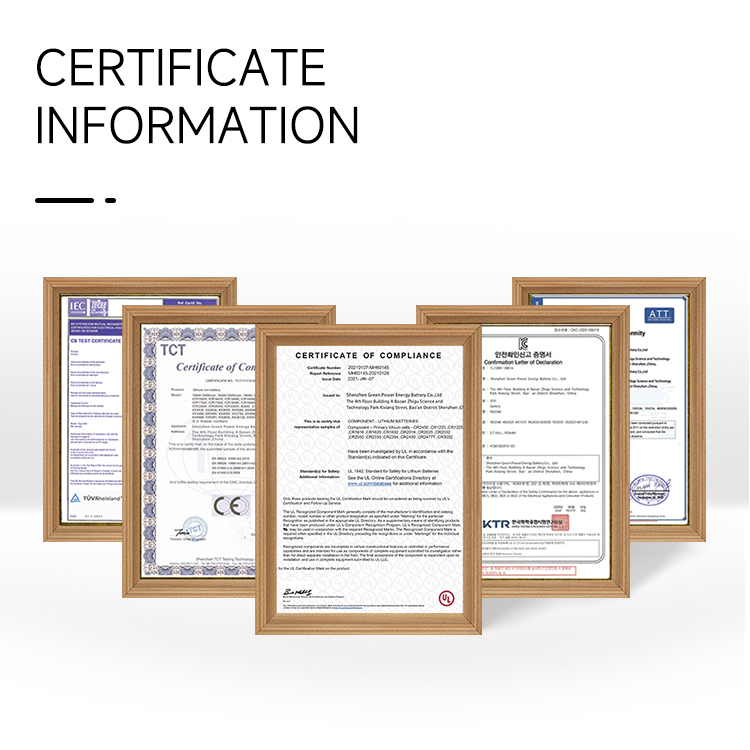
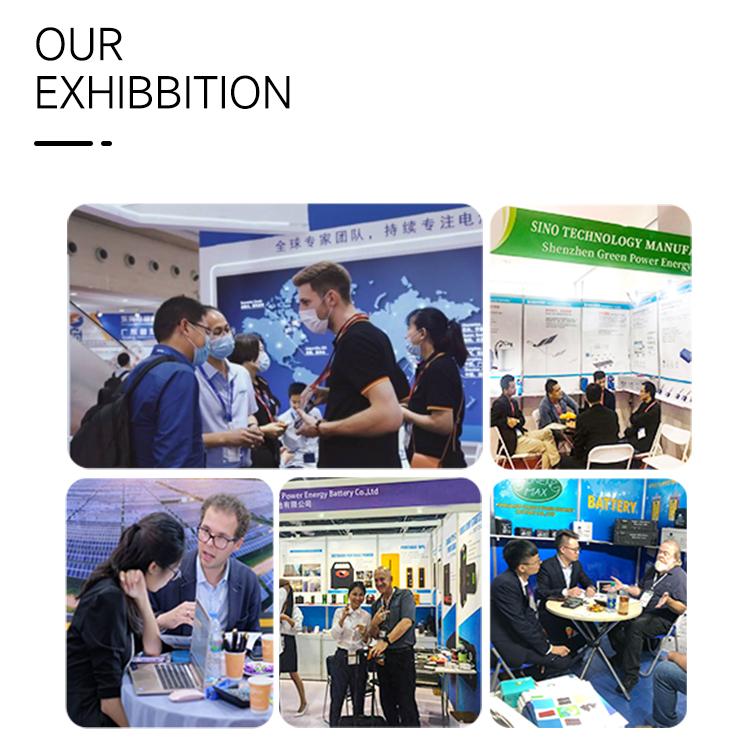


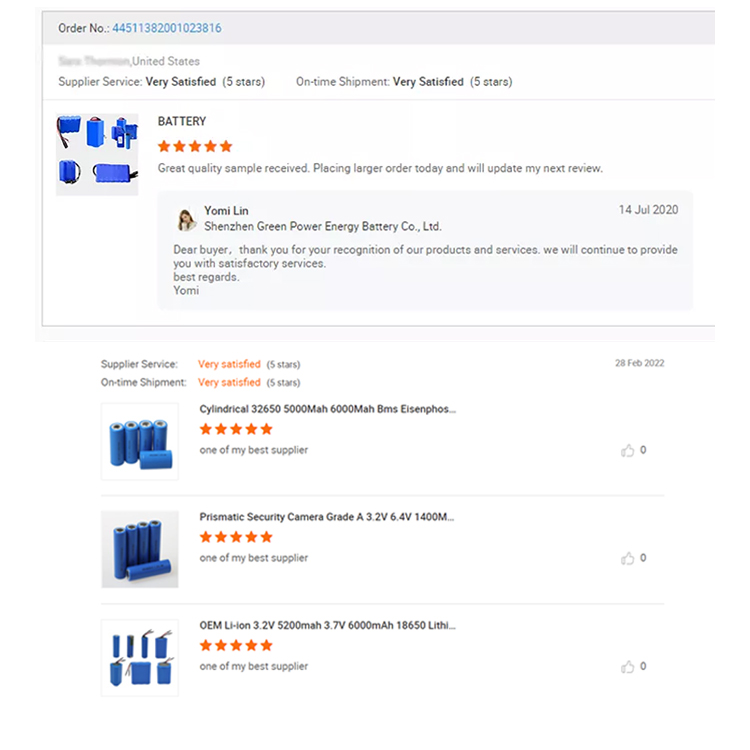































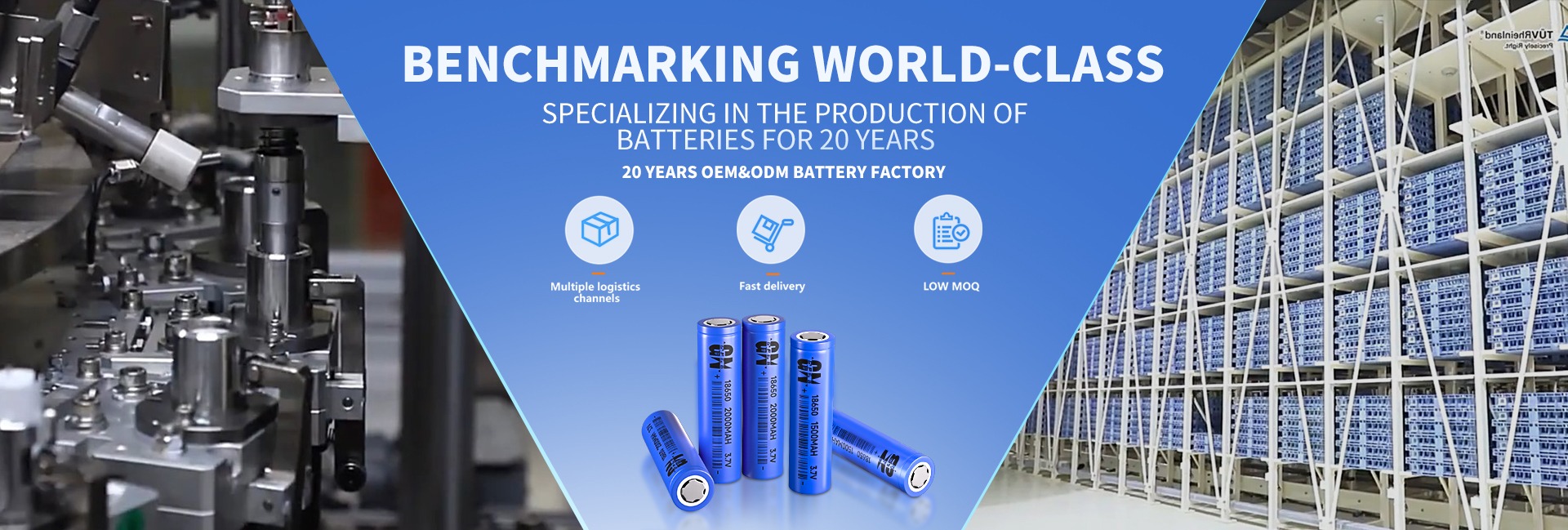
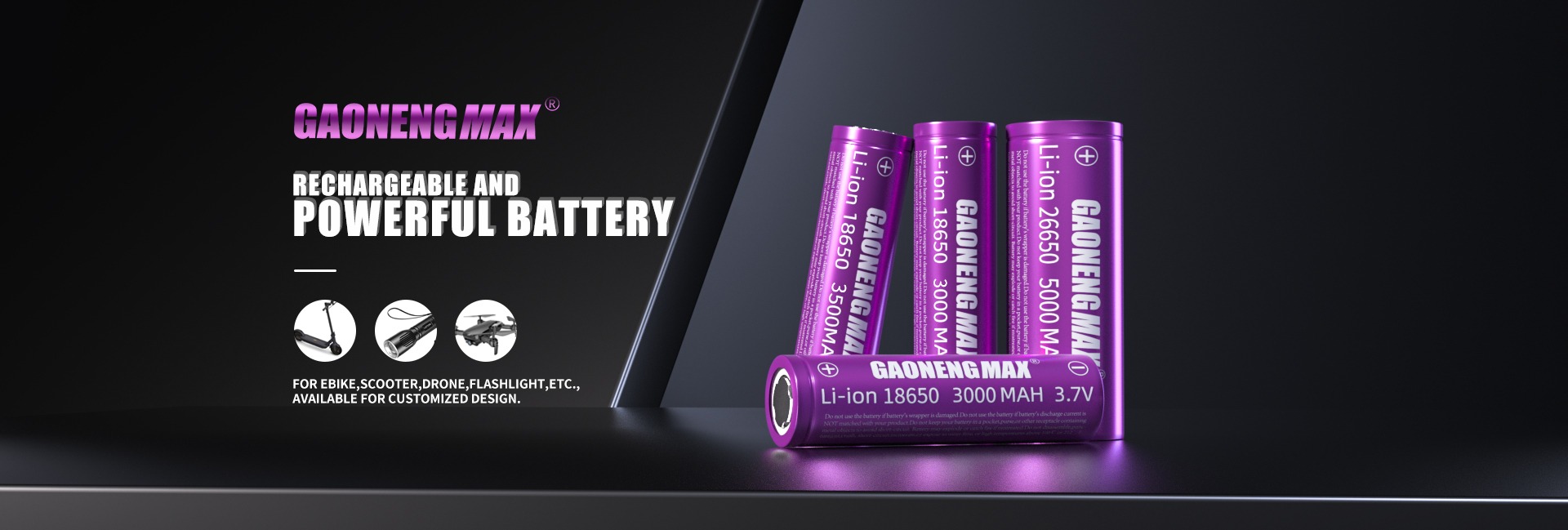
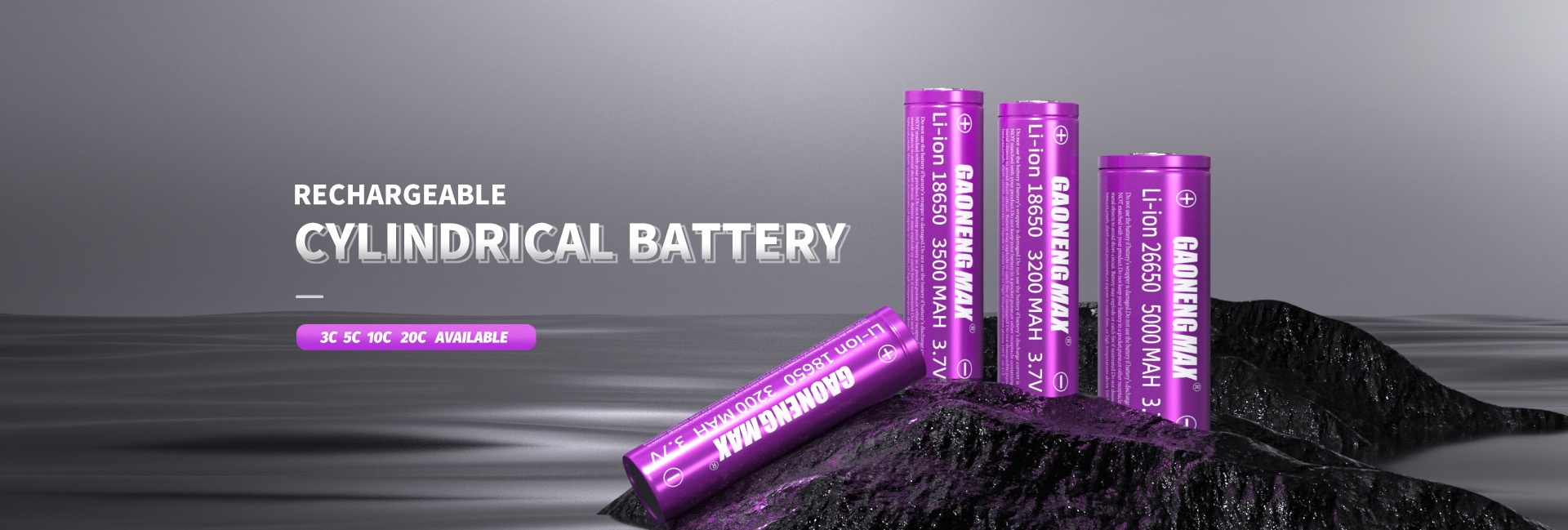
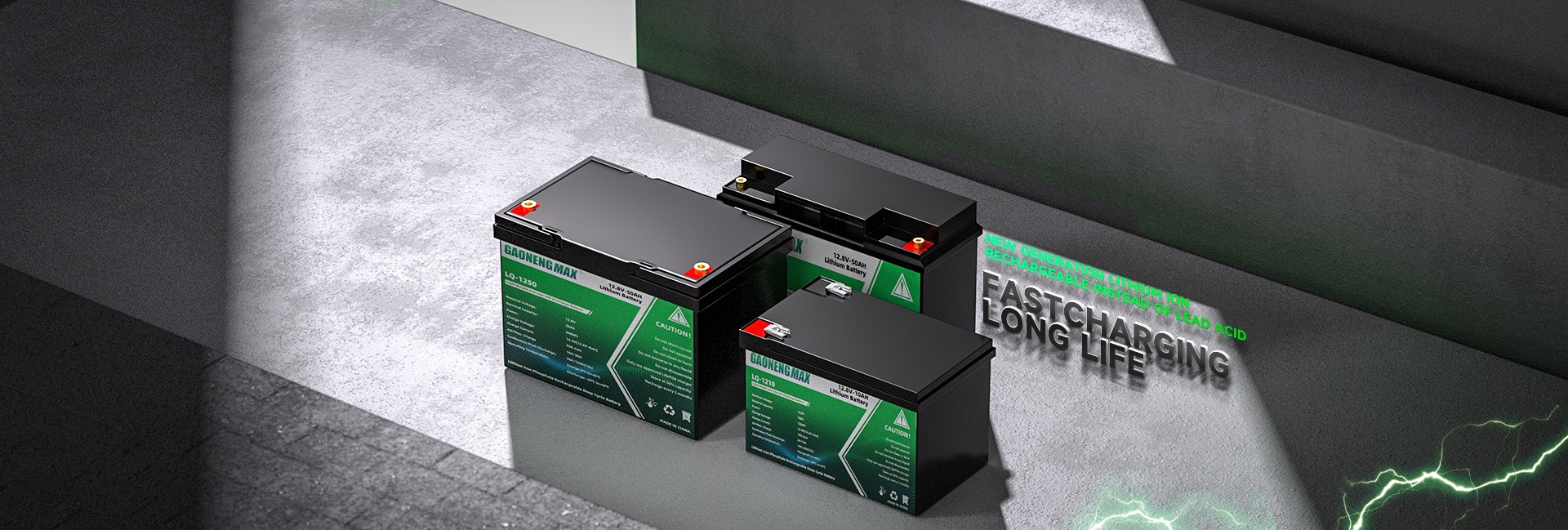





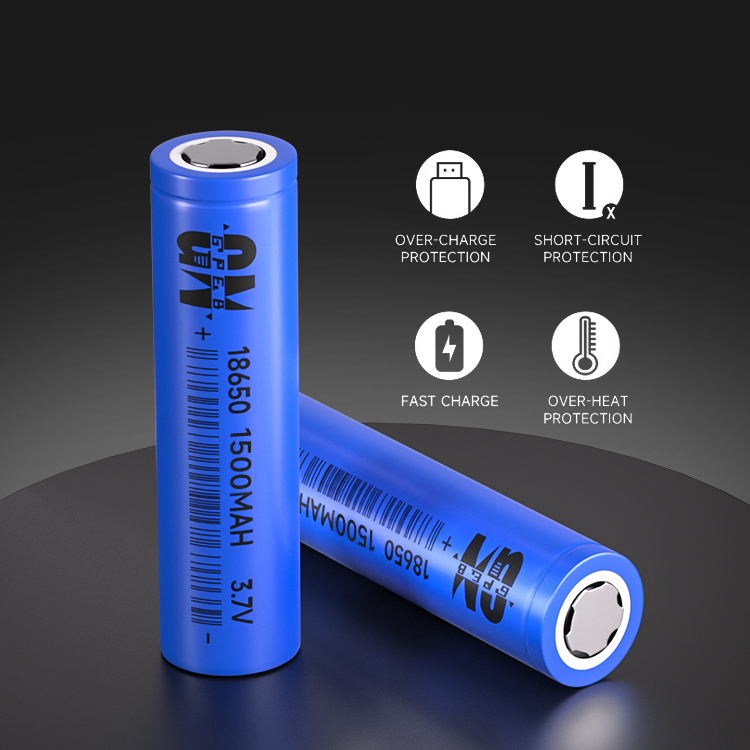
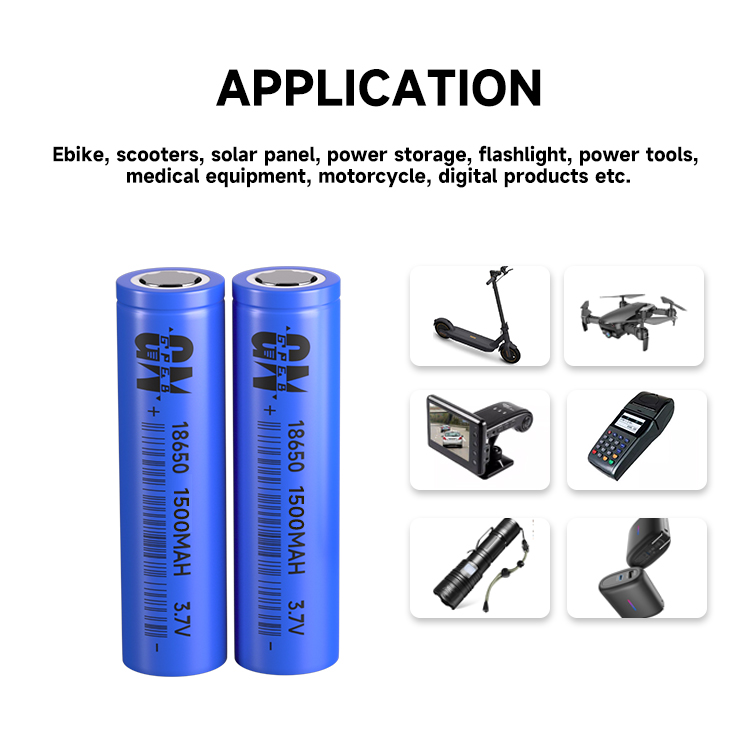











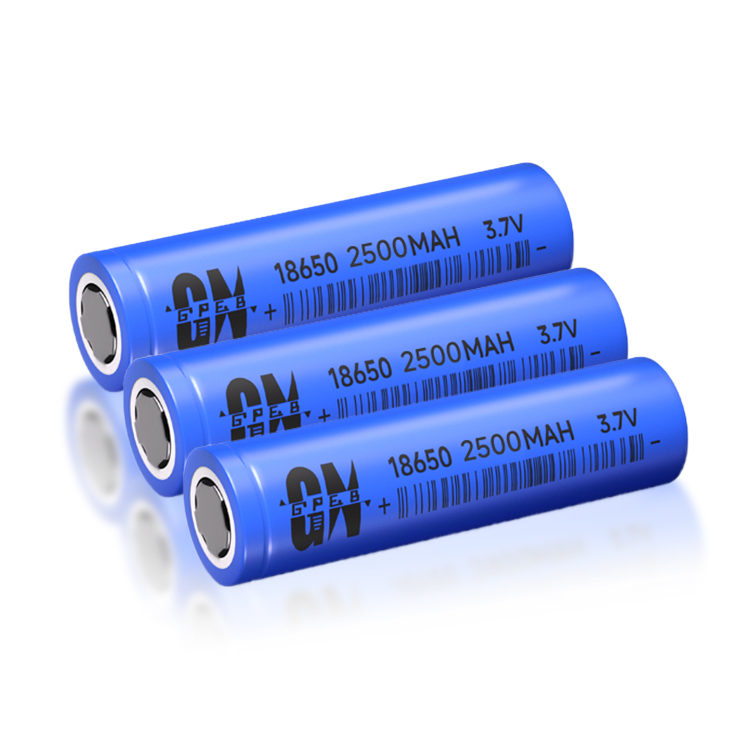
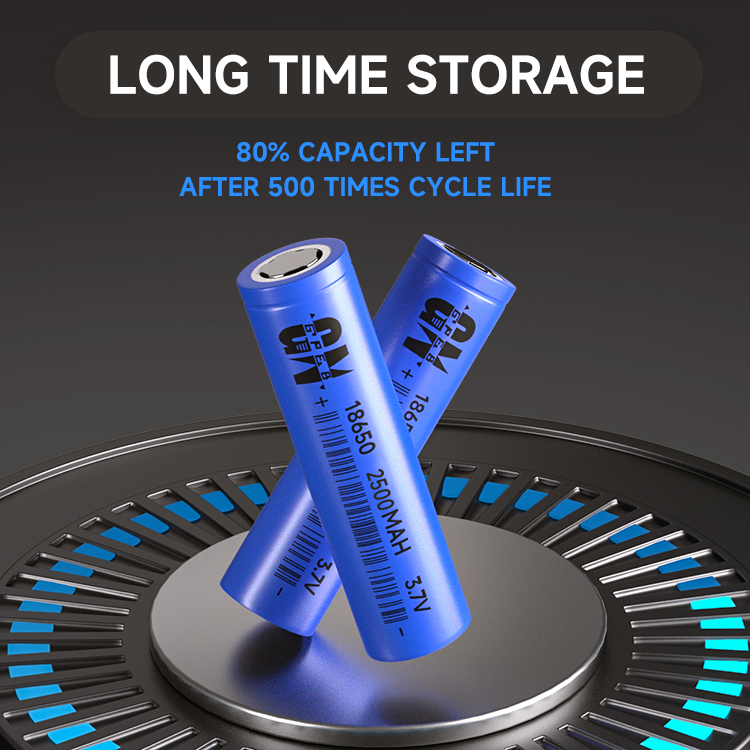






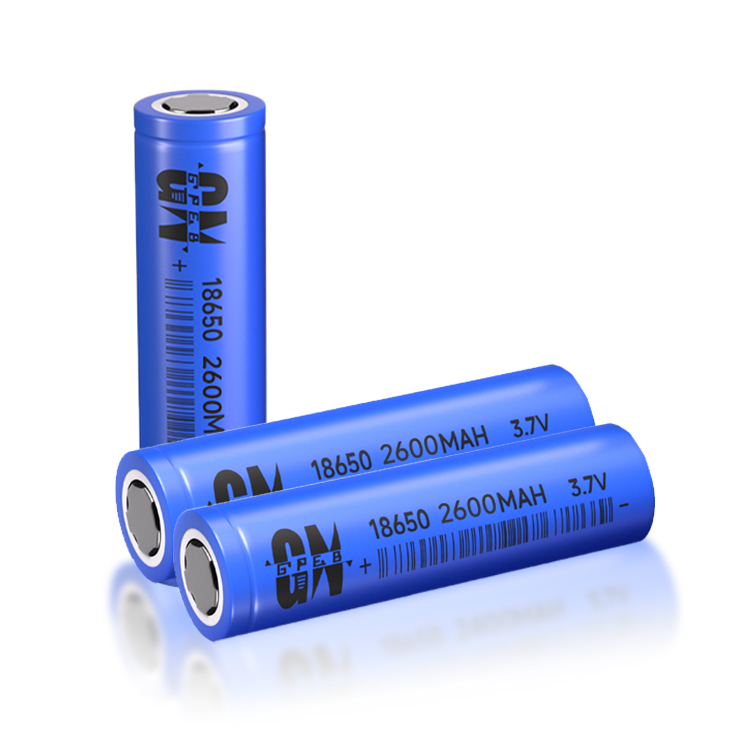
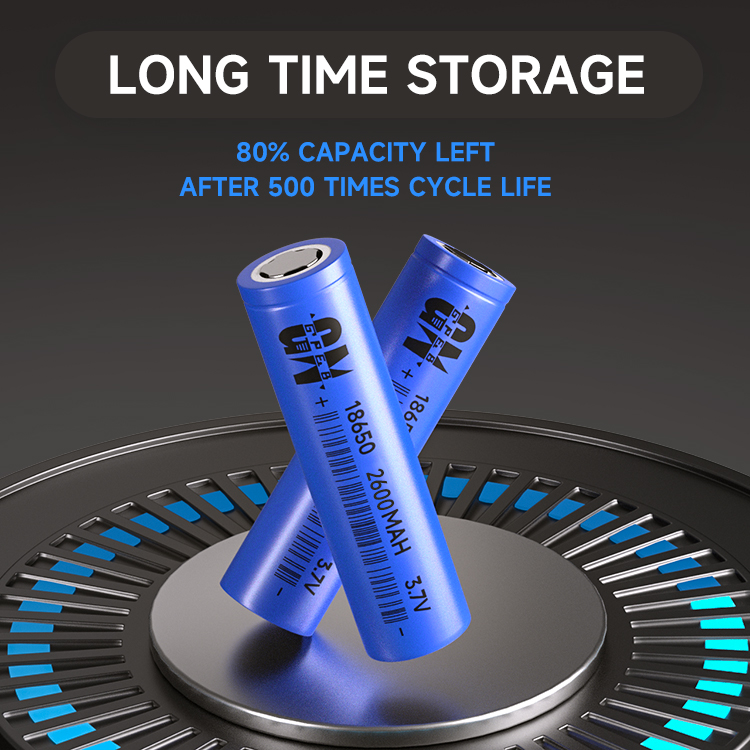

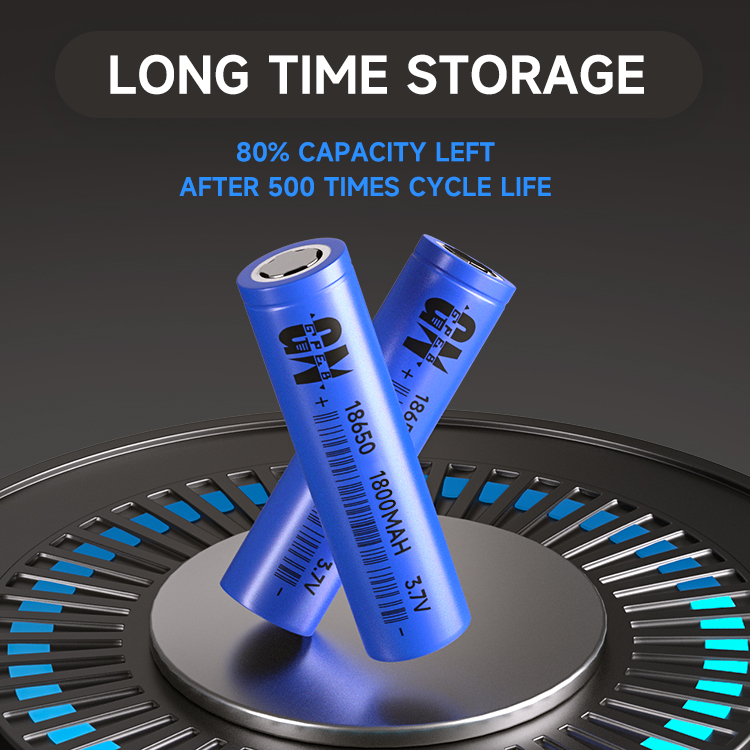
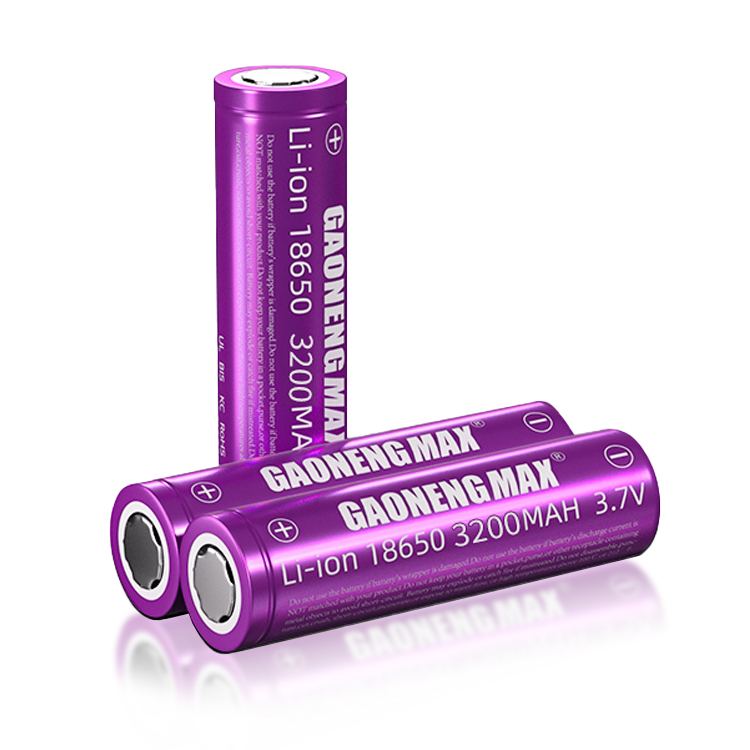
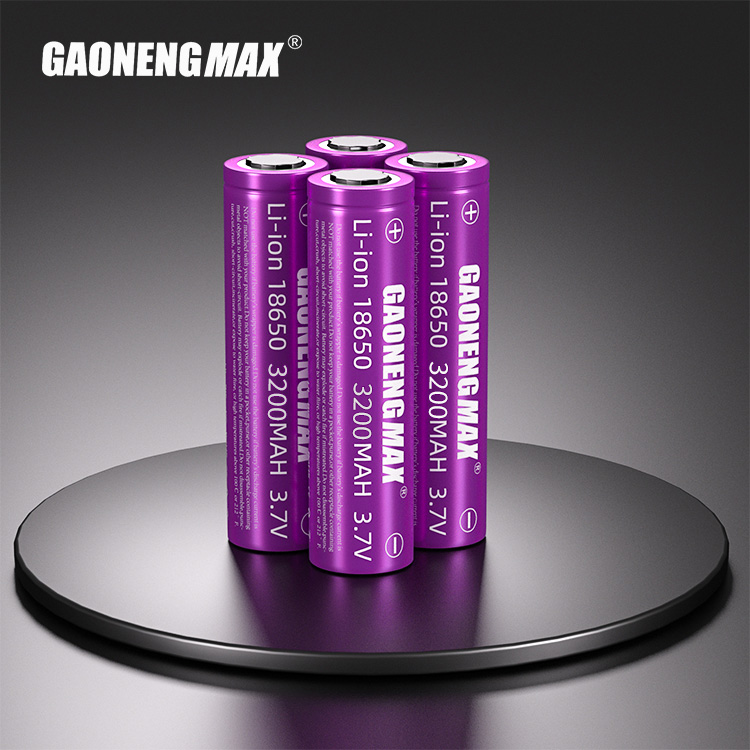
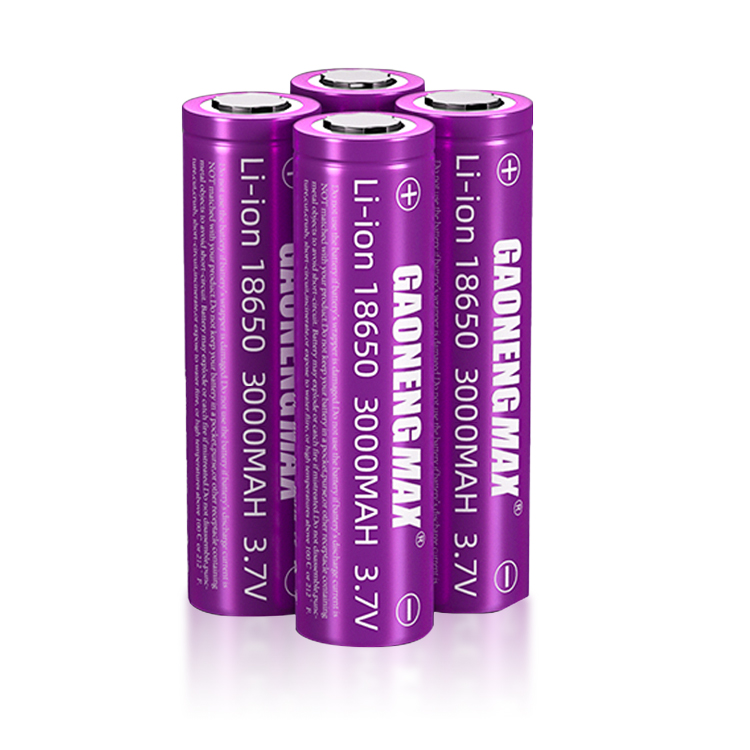
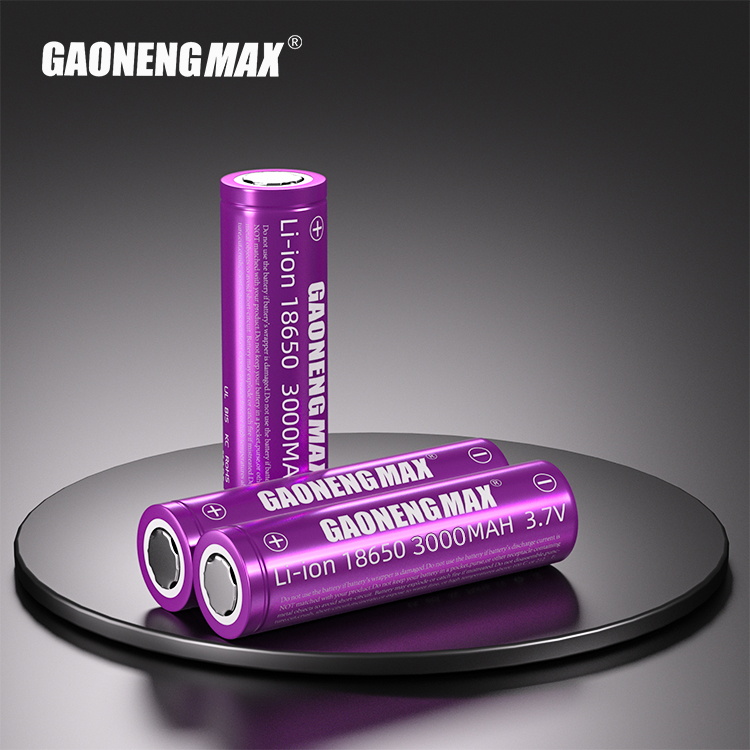


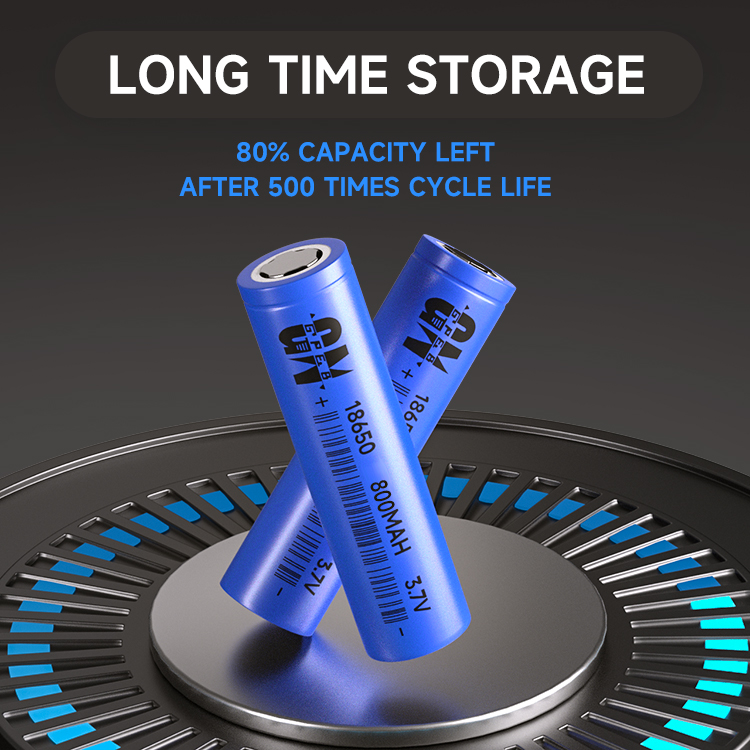










 360° FACTORY VR TOUR
360° FACTORY VR TOUR
 Whatsapp
Whatsapp
 Tel
Tel Email
Email TOP
TOP